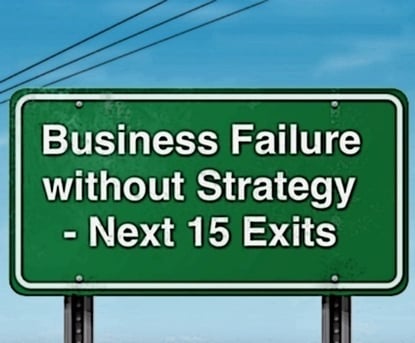This post was originally intended to be written when universities were changing conferences and suddenly the Big 10 had twelve teams and the Big 12 had ten teams. In the wake of those moves, very regionally-named athletic conferences wound up taking on member universities spanning multiple regions, if not half the United States.
 What prompted the post’s writing currently is the state of the Kansas City airport. Amid airlines consolidating, the Kansas City airport’s original three open terminals have now become two open terminals.
What prompted the post’s writing currently is the state of the Kansas City airport. Amid airlines consolidating, the Kansas City airport’s original three open terminals have now become two open terminals.
While Terminal B and Terminal C are open, there is no Terminal A anymore.
This seemed particularly odd during my drive into the airport last week. Since some of the Terminal A signage has been removed, signage starts with references to Terminal B.
The problem in each case is a naming strategy that clearly relates names to other systems for which your audience has context. The relationship may be internal (i.e., we have 12 teams or 10 teams as reflected in our name) or external (i.e., we're all about the Southeast, so that’s reflected in our conference name).
6 Naming Strategy Questions to Anticipate Future Oddities
While it's fine and well for whoever is in charge to name things however they might like, before using a relational naming strategy, it is smart to ask a few strategic thinking questions and perform some what-if analysis on potential names.
These questions revolve around whether your naming strategy will make sense if:
- You grow?
- You shrink?
- You fundamentally change the nature of your organization, products, and/or services?
- Your far off / future sounding name has to represent your organization when you stay in operation a long time?
- You change the parts of your organization in a different order than the order in which you originally added names?
- Your organization changes in some unexpected way (versus the names becoming future oddities)?
Clearly there are advantages to a matter-of-fact naming strategy.
A, B, or C are never going to be a future embarrassment because they get caught cheating on their spouses or at the sports they play. Everybody will already understand a lot of what you are trying to say with a realistic, matter of fact naming strategy.
But, as these currently problematic naming strategy examples illustrate, you can throw what makes sense for a loop when your organization changes in unexpected or unusual ways.
There are certainly other naming strategy questions you can ask, but these six questions are an easy head start to consider when opting for a naming system that everyone is going to know, understand, and be able to compare to the reality your organization is presenting. – Mike Brown
If you enjoyed this article, subscribe to the free Brainzooming email updates.
The Brainzooming Group helps make smart organizations more successful by rapidly expanding their strategic options and creating innovative plans they can efficiently implement. Email us at info@brainzooming.com or call us at 816-509-5320 to learn how we can help you enhance your strategy and implementation efforts.




